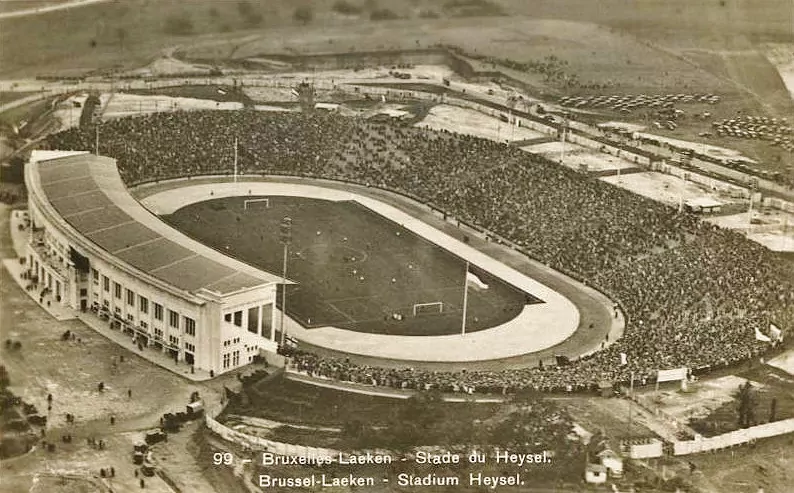Two top teams
In May 1985, Liverpool FC was considered one of the best football teams in Europe, with four victories in the previous eight editions of the European Cup. They were looking to defend their title from the previous year against AS Roma in the final, but this time they faced Juventus, an Italian team that had already been a losing finalist in the European Cup in 1983 and the winner of the Cup Winners’ Cup in 1984. Juventus included most of the Italian squad that had won the 1982 World Cup, as well as two-time Ballon d’Or winner Michel Platini, who was also the reigning European champion.
Earlier that year, in January, Liverpool had lost 2–0 to Juventus in the European Super Cup final in Turin, a single-match format agreed upon by both club presidents.

